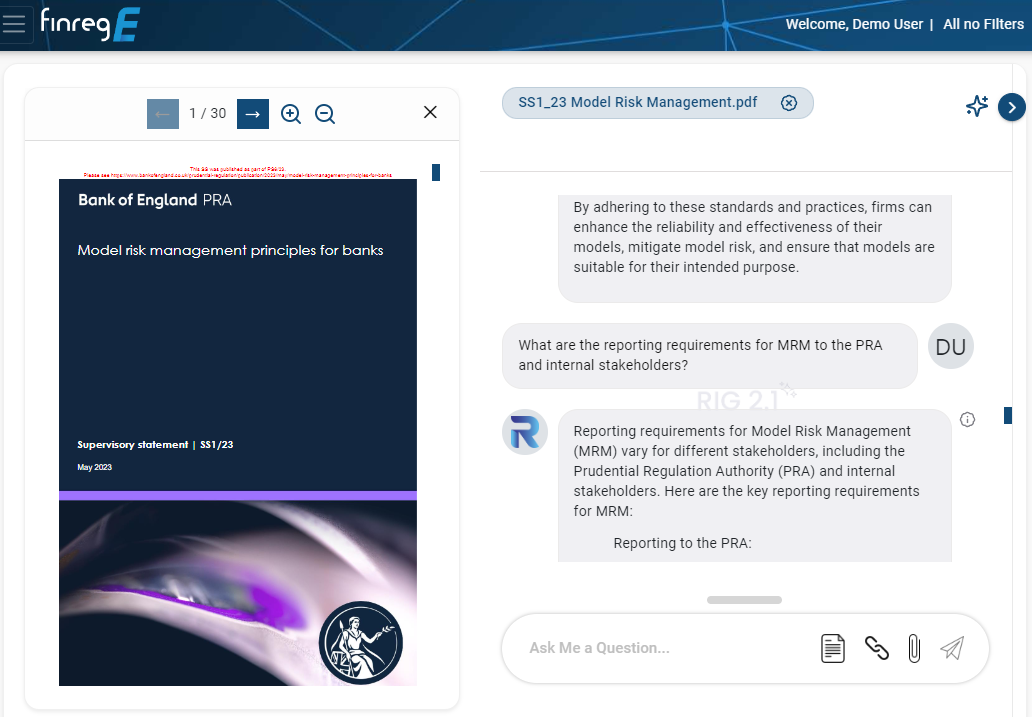Over the past fifteen years, financial institutions have been subject to several exogenous shocks such as the 2007 financial crisis, Brexit, and COVID-19 that have triggered a regulatory fallout, leaving finance firms scrambling to ensure compliance with complex and stringent regulations.
Furthermore, upcoming regulatory guidelines like Basel IV or the proposed changes by the Financial Accounting Standards Board (FASB) are posting significant compliance risks to financial institutions that are already stretched to the maximum to ensure compliance with existing guidelines.
Here, investing in automated regulatory compliance software may help financial institutions to streamline their compliance operations and achieve greater efficiency.
Regulatory compliance challenges facing financial institutions
While financial institutions have opted to modernise the majority of their operations, many still leverage spreadsheets and other legacy methods to ensure compliance with regulatory guidelines.
While these do get the job done, they are inefficient and create bottlenecks when tackling modern regulatory requirements.
Using a dated technological base for compliance regulation also leads to other problems like inconsistencies in workflows that are in place to ensure compliance, leaving financial institutions underprepared to handle the immense workload that comes with new regulatory updates.
Furthermore, relying on manual data manipulation and spreadsheets can-and do-lead to errors while processing and analysing regulatory text.
To get around this problem, most organisations form specialised compliance teams to deal with specific regulations. But increasing the headcount of the compliance team doesn’t directly correlate to an increase in efficiency or the ability to meet regulatory standards.
This is due to the fact that despite having compliance professionals on board, a failure to update the technological base of the compliance function will leave them scrambling to compile data to formulate compliance workflows to meet the ever-evolving regulatory guidelines.
Over-reliance on manual methods can lead to a convoluted regulatory process where different departments could unwittingly use different datasets, calculations, and approaches to compliance, creating a compliance function that is far more costly than it should be.
This can also turn compliance into a complicated, fragmented environment with little synergy between different processes and data being scattered across different systems.
Without a centralised data point, responsibilities can’t be delegated, compliance gaps can’t be identified, and workflows can’t be adjusted.
How automated regulatory compliance software can overcome contemporary challenges
For finance firms, the solution for optimising compliance lies in updating their technological base from manual spreadsheet solutions to automated, data-driven solutions.
Automated regulatory compliance software can help mitigate compliance risks, optimise work processes, improve auditing, and streamline data collection, allowing finance firms to not only implement cost-cutting measures but also transform compliance into a process that generates value.
These platforms can take the burden of compliance teams and perform regular, non-value-added compliance tasks autonomously, allowing compliance teams more freedom to focus on other value-added compliance initiatives.
However, automation tools do far more than reduce compliance costs; they can become part of a larger strategic initiative to improve compliance management by identifying and remedying any potential issues faster than manual audits and reporting processes.
Moreover, these platforms are better suited to analysing compliance procedures, leading to a more detailed, sophisticated auditing trail that leads to a better reporting process. Given that reporting constitutes a significant component of compliance management, the reporting tool can be tremendously beneficial in the long run.
Furthermore, compliance tools can be leveraged to improve transparency across departments, making it easier to create new workflows and procedures to meet new compliance requirements.
The ability to quickly implement new regulatory updates combined with the option to streamline functions, allows organisations to run their compliance function like a well-oiled machine, leading to higher productivity, enabling better performance across the organisation.
Turning regulation into a simple and scalable process
With financial firms still reeling from the regulatory fallout from the global pandemic, optimising compliance strategies with automated regulatory compliance software could prove to be a critical investment.
By using compliance software, financial firms can make a seismic shift in their compliance processes to adopt a more consistent, streamlined process that will reverberate positively across the entire the organisation by transforming the resource-intensive, time-consuming, and costly approach to compliance into a scalable, simple, and efficient process that not only saves costs but also generates incredible value.


